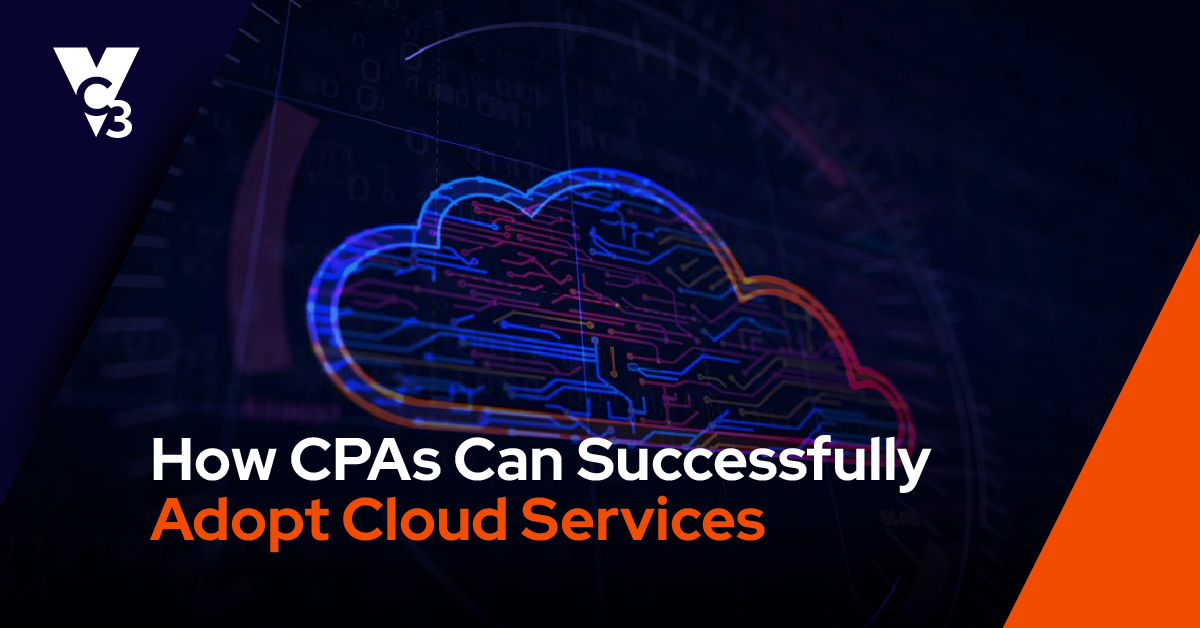Access to your information from anywhere is becoming more and more of the de-facto standard these days. And accessing information in the cloud can be provided in a number of different ways. One of the most prevalent ways for accessing basic files (ie: Word, Excel, PDFs, etc.) is via a file-sharing system. However, the type of file-sharing system that you’ll want to use to do this will not only depend on the applications you work with (ie: Microsoft or Google), but also your risk tolerance when it comes to cybersecurity compliance.
In a nutshell, most file-sharing systems out there are really file-sync systems. They allow you to access files in the cloud by "syncing" the files on each device to ensure that the same version of the file exists on all devices. When a change to a file is made on one device, it's automatically synced across all devices (assuming they're connected to the internet at that time). If they're not, they'll be updated as soon as they're connected.
In addition, some (but not all) file-sync systems also include the ability to automatically backup files. Sounds too good to be true, right? Well, there are certainly some caveats to be aware of before moving all of your network files to a file-sync system. So, beware!
File-sync systems come in both subscription service and free online software downloads as well. Some systems are more consumer-driven, such as DropBox, while others are more enterprise-centric, such as Microsoft OneDrive. Some of the more popular systems these days include:
- Anchor Sync
- Apple iCloud
- Box
- DropBox
- Google Drive
- Microsoft OneDrive
- OneBox
- Microsoft SharePoint
So, how do file-sync systems work, what are the advantages of using them, what are the security concerns, and what systems are most ideal?
HOW A FILE-SYNC SYSTEM WORKS
Now, don't confuse file-sync technology with a good, solid backup system. Every organization should be using an image based backup to help protect their data by creating true backup files while also reducing their risk of downtime or loss of data from in-house backup storage devices. However, this method of file restoration and recovery is meant for data recovery or migration purposes and not whenever you want to quickly access files "from anywhere".
A file-sync system is a content storage space that you can use to access selected files, including photos, videos, and documents across multiple connected devices. It enables you to share and collaborate at scale within your organization and across locations and provides the ability to connect with users outside your organization as well if you so choose (depending on the specific system).
THE ADVANTAGES OF USING A FILE-SYNC SYSTEM
Because file synchronization allows you to keep files that are stored in various physical locations up to date, it's advantageous for use by organizations that need people to share access to files. With the growth of the cloud in recent years, many vendors now offer software solutions that aid in this process. However, as with any type of system, there are both advantages and disadvantages of using different file-sync systems. According to an article in ComputerWorldUK:
“The advantage of products such as Google Drive and Microsoft OneDrive is that employees are working with these systems and apps already, so they can stay in the same environment. The drawback is that these apps can be unresponsive when it comes to storing and collaborating on non-native file types, so video files or text documents that aren't Google or Microsoft documents can be tricky to work with.”
RECOMMENDED FILE-SYNC SYSTEMS FOR YOUR ORGANIZATION
As a Managed IT Service Provider, it's our responsibility to stay up-to-date with changes in the industry and the technologies that exist within it. This helps us to make informed recommendations to our clients about these sorts of technologies.
While there's a variety of free file sync software programs available online, businesses and organizations should avoid using any of these free, open source file-sync systems because of the potential of your IT system becoming compromised or your clients’ sensitive data becoming exposed.
We and a number of our clients are finding a ton of success with Microsoft SharePoint and OneDrive. Because we're already living in the Microsoft ecosystem, it's really just the next evolutionary step. In addition, many of our Certified Public Accountant (CPA) clients use Citrix ShareFile to share files with their clients. This allows sharing, but in a more controlled and secure way.
SOME OF THE SECURITY CONCERNS OF CLOUD FILE-SYNC SYSTEMS
While it’s true that many file-sync systems leverage the cloud to do this, they work primarily by locating a copy of the files locally on your device. What this means for your business is that it creates a security threat nightmare around permissions and user access, tracking changes that are made to files and documents, and most importantly - risking potential data leakage opportunities should the device be lost or stolen.
Consumer-grade file-sync systems (like Dropbox) are commonly geared for individuals to access their personal files across various devices and are not really meant for employees to share and properly secure corporate information (let alone provide the same sort of audit controls). And, because the files are saved in local copies on each device, when employees are out of the office and log in to public Wi-Fi or connect from home without the use of a virtual private network (VPN), without any cybersecurity protections in place, any hacker with a little bit of skill can get access to your files and information. This can spell disaster for your organization because these systems can create a serious security gap, leaving you at risk of having your data compromised or stolen.
All of these concerns are rather serious and should really drive the decision of whether or not your business should implement a file-sync system into a bigger discussion as part of your strategic technology plan, not just something you roll out because someone in the organization needs to share some files or likes the concept.
We've seen this happen having been called in way too often to clean up a security nightmare of leaked files all over the place. Just imagine losing a laptop with a copy of all of your files on it and not knowing this because there's no security around the file-sync system when it was installed way back when.
Please take this with a grain of salt - file-sync systems are great, and provide a ton of benefits, but only when properly maintained and certainly only when properly secured.





